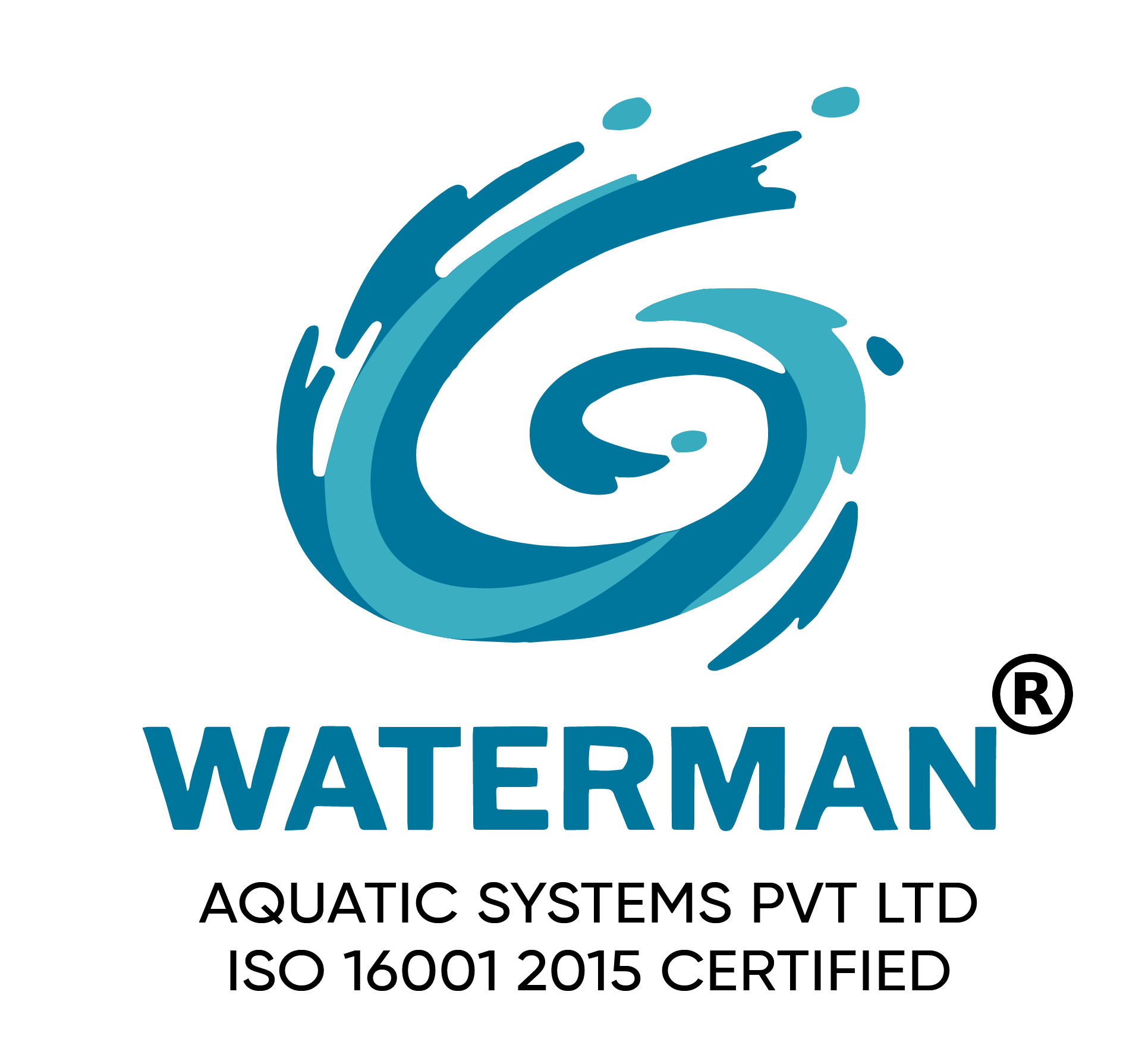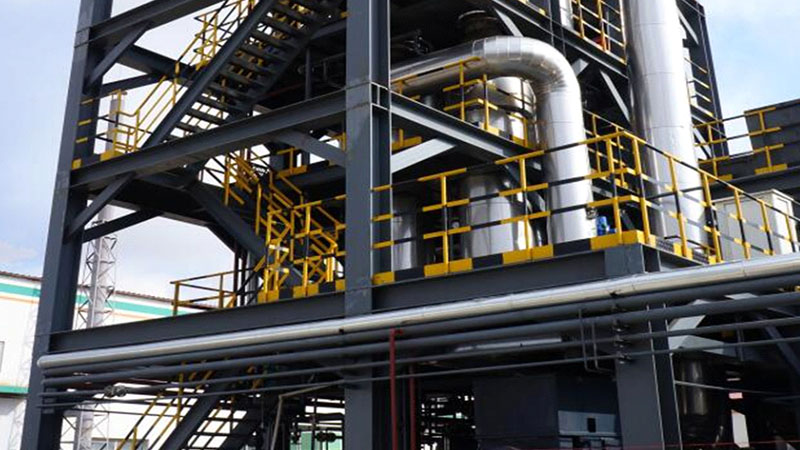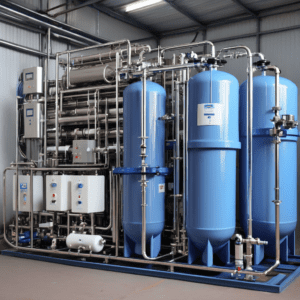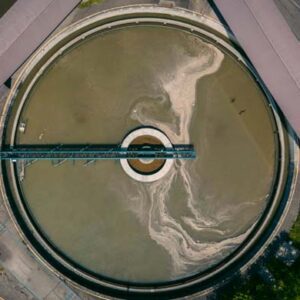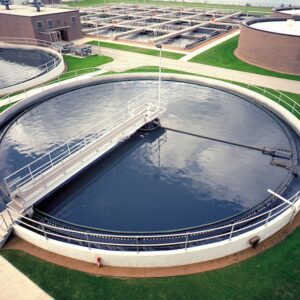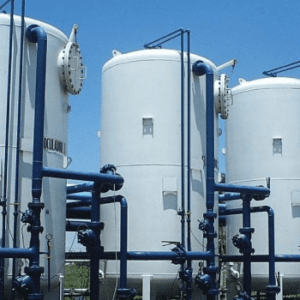Zero-liquid discharge (ZLD) STP & ETP Systems
Zero Liquid Discharge (ZLD) is indeed a crucial wastewater treatment process for industries, especially those with high levels of pollutants and a need for strict environmental compliance. Here’s a summary of the key points regarding ZLD:
Definition and Process: ZLD is a water treatment approach aimed at purifying and recycling all wastewater generated within an industrial process, thereby leaving no liquid discharge at the end. It involves pre-treatment, evaporation, and potentially crystallization to concentrate contaminants for disposal.
Application: ZLD finds application across various industries such as pharmaceuticals, pesticides, specialty chemicals, petrochemicals, sugar, distilleries, tanneries, pulp & paper, textile, dyeing, and dairy, particularly those with high BOD and COD load, colored effluents, and hazardous constituents.
Treatment Methods: ZLD employs various advanced treatment methods, including ultrafiltration, reverse osmosis (RO), evaporation/crystallization, electrodialysis (ED/EDR), forward osmosis (FO), membrane distillation (MD), fractional electrode ionization, and ion exchange.
Common Features:
Pre-treatment: Removal of solids and contaminants.
Evaporation: Water removal to concentrate contaminants.
Crystallization: Further concentration to produce solid waste.
Recycling: Purified water reused in industrial processes, reducing fresh water usage.
Energy Recovery: Utilizing energy generated during treatment processes to reduce overall energy consumption.
Monitoring and Control: Systems in place to optimize performance and ensure compliance.
Benefits: ZLD systems help industries achieve compliance with environmental regulations, minimize water usage, reduce pollution, and enhance overall sustainability by recycling water and recovering energy.
In essence, ZLD systems offer a comprehensive approach to wastewater management, addressing both environmental and economic concerns for industries worldwide.
